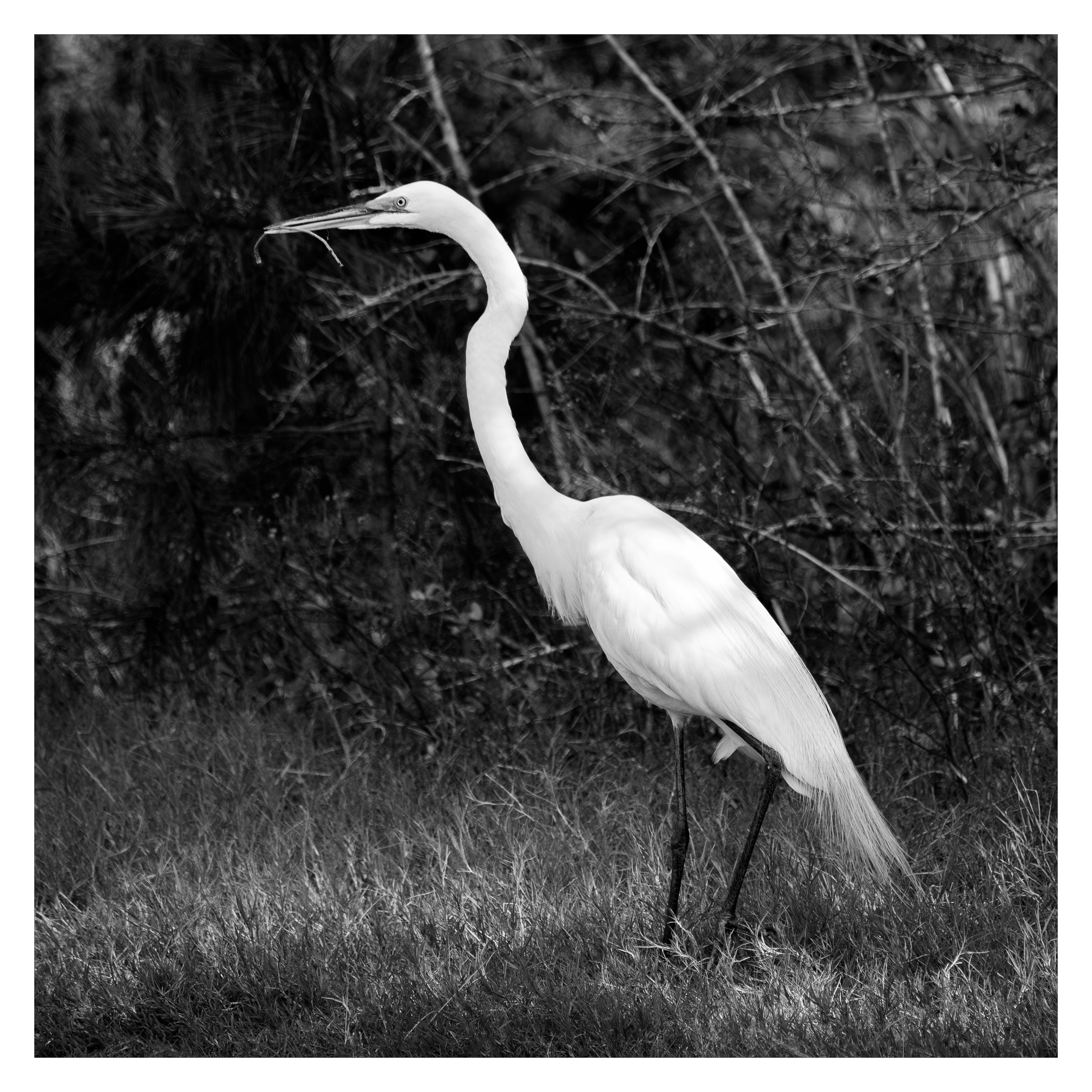Evening Blaze at New and Coastal: A Lesson in Hubris?
Photo:Engage a photography blog you want to follow
“Only photograph what you love.” - Tim Walker
For whatever reason, this was my worst performing social media post so far. Perhaps the image was weak. Although I love this view of wild beach grasses glowing with golden hour sunlight, maybe it just didn't resonate with my audience. Personally, I am tired of seeing the same basic photograph of the beach at sunrise or sunset. They're beautiful, of course, and some photographers capture them better than others, but the look is repeated ad nauseum. I am trying to move my audience to something fresher... something unexpected. And perhaps by doing so, I am falling prey to my own pride.
Because maybe my images just aren't what my audience wants to see, good intentions and good writing be damned. Or maybe the photography I'm currently producing isn't that good, no matter what I think. The new editor of Sidetracked magazine, Alex Roddie, wrote in a recent blog post of his that he's forced to reject many good stories because the accompanying photography isn't good enough. As he shared, "a moderately good story idea with superb images is better than a superb story idea with moderately good images. Note careful use of the word idea. The reality is that a skilled editor can work wonders with an idea that has potential, no matter the level of the writer’s ability or experience, but there’s nothing you can do if the accompanying photography isn’t up to scratch."
So my fear is that although my writing that goes with each photograph in my posts is well researched and, I think, well written, maybe my photography just isn't up to scratch.
On the other hand, my wife said she liked this week's image but thought my post was too long. With too many paragraphs of text, a typical social media fan just isn't going to read that much even if the topic is interesting. And if the photograph is challenging and not a overly-orange tinted crowd-pleaser, that's a tougher sell yet. If my posts are about likes and engagement, I'm going to have to fine-tune my work. I love replying to every comment and shared story from my audience and I received so very few this week. Almost no one read it. And if my work is mainly for my own pleasure, why then post it to social media at all? See for yourself what I wrote on April 3, 2021...
Can you believe how lucky we are to have Delaware Seashore State Park? As many times as I've enjoyed the beauty of the inland bays, walked the golden ocean beach, fished the inscrutable surf, and admired the cerulean Charles W. Cullen Bridge, I've never lost my appreciation for how amazingly unlikely it is that this park exists. Encompassing a narrow, north-south oriented barrier island bounded by the Atlantic Ocean on the east and Indian River Bay and Rehoboth Bay on the west, Delaware Seashore State Park has but six miles of shoreline stretching from south of Dewey Beach to the Indian River Inlet and covers not quite 3000 acres.
In fact, the inlet was instrumental to the park's establishment. Before being stabilized with two large steel and stone jetties by the Army Corps of Engineers in late 1938, the inlet gradually changed location northward due to a process called littoral drift whereby sand is caught up by a current and carried along, settling further up the current's path. In the early 1800s, the inlet was near the south of Indian River Bay. Fifty years later, it was almost to Burton Island. As it moved ever more northward, nearly parallel to Big Cedar Island, it also increasingly started shoaling resulting in an unexpected shallows known as the Bulkhead that was hazardous to water navigation.
And not only did the inlet move, it also sometimes closed entirely threatening the ocean access of the small shipping fleet inside the bays but also the estuary-nature of the bays themselves. Too expensive for the federal government to deal with at the time, in the early 1900s Delawareans picked up shovels themselves and dug out the inlet by hand only to have it close again a few weeks later because of a storm. This exhausting and expensive state of affairs of manually opening the inlet by excavation, detonation, and dredging only to have Mother Nature close it again shortly thereafter went on for about twenty years.
The moving inlet also proved difficult for vehicular traffic. In 1933, the Delaware State Highway Commission built the first Ocean Highway connecting Rehoboth Beach and Dewey Beach to Bethany Beach with a wooden bridge crossing the ever-changing inlet. Six years later, with help from the Army engineers, the inlet was finally fixed in place at its current location and the rotted wooden bridge was replaced with a steel and concrete swing bridge, the first Charles W. Cullen Bridge.
Originally called Indian River State Park in 1965, the park was managed by the Delaware State Park Commission, now known as the Division of Parks and Recreation. Two years later, the park was renamed Delaware Seashore State Park and continues to be one of the best things about coastal lower Delaware. Besides fishing, the park is great fun for boating and camping with a marina and campgrounds. There is an ocean beach just north of the inlet that offers good breakers for surfing. Sailing and windsurfing are popular activities on the bays as are clamming and crabbing. There's a nature preserve on Burton Island and places to picnic along the waterfront. I personally enjoy the incredible Sussex sunsets like we see here causing an 'Evening Blaze at New and Coastal,' a beautiful place to enjoy the stunning view of Rehoboth Bay on a windy evening.




Comments
Post a Comment